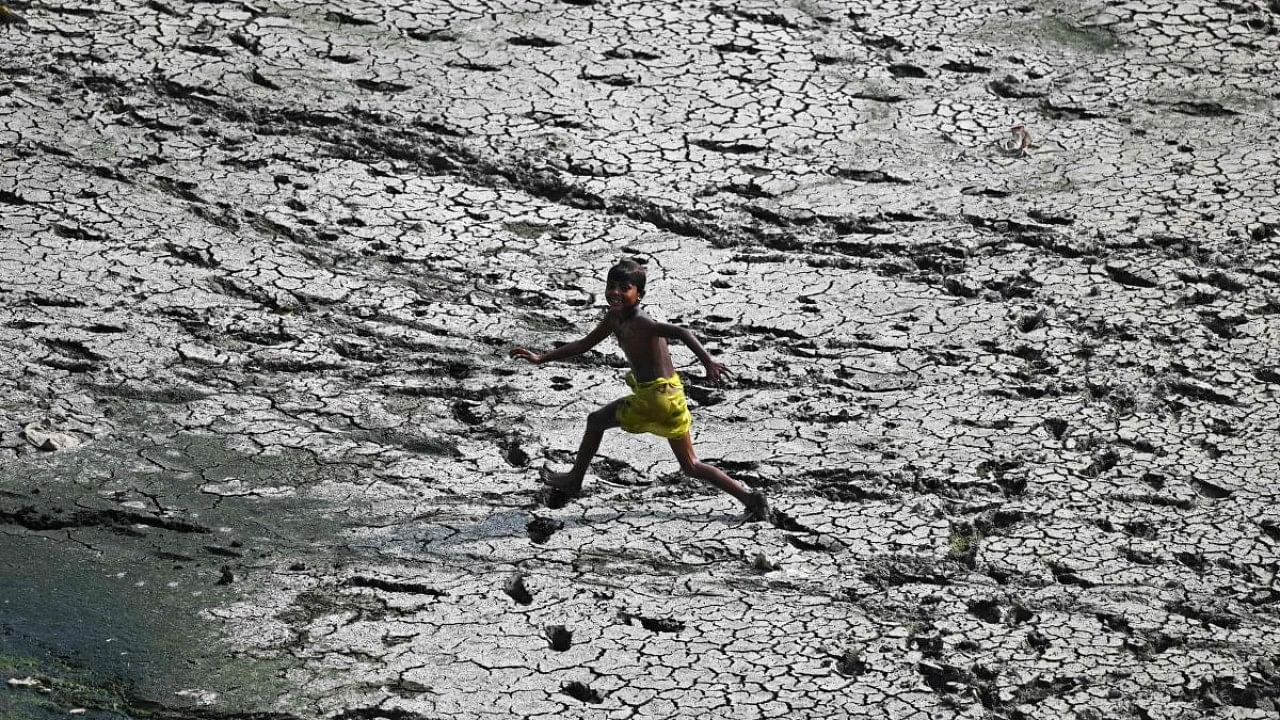
While a UV index reading of 12 is considered 'extreme', the districts of Dharwad, Kolar, Koppal and Raichur have reported a UV index of 13. Ramanagara, which earlier had an index of 11 is now at 12.
The UV index shows the amount of skin-damaging ultraviolet radiation that will reach the earth’s surface when the Sun is at its strongest. "We only look at how the weather is but don’t talk about the UV Index," Dr US Vishal Rao, Dean, HCG Cancer Research Centre and Hospital told The New Indian Express. "Skin cancers were rare in tropical countries like ours. But now, we are definitely seeing an increase due to high UV exposure."
The ozone layer is an absorber of UV radiation and the World Health Organization explained, "As the ozone layer gets thinner, the protective filter activity of the atmosphere is progressively reduced. Consequently, the people and the environment are exposed to higher levels of UV radiation."
The presence of harmful UV rays can cause conditions like skin cancers, sunburns and cataracts. Australia, which receives particularly strong UV rays, has reported a higher number of skin cancer cases.
"Skin cancers in India used to be rare as higher levels of melanin pigment in our skin mitigates the impact of UV rays," Dr Narayana Subramaniam, Consultant and HOD, Head and Neck Oncology, Shankara Hospital, told the publication. "But now, skin cancers are on the rise."
Dr K Bhujang Shetty, Chairman, Narayana Nethrayalaya, said, "Though cataracts are caused due to the normal ageing process, overexposure to UV rays can also lead to cataract formations earlier than normal. In Andhra Pradesh and border areas, every second or third person has cataract at the age of 50 itself." UV-protected eyeglasses will help avoid this, he added.
Dr Abhiram R, Consultant Dermatologist, Vasavi Hospital, advised people to use umbrellas, eyeshades, brimmed hats and sunscreen with an SPF of 30 to 50 to protect themselves from the harmful effects of UV rays.